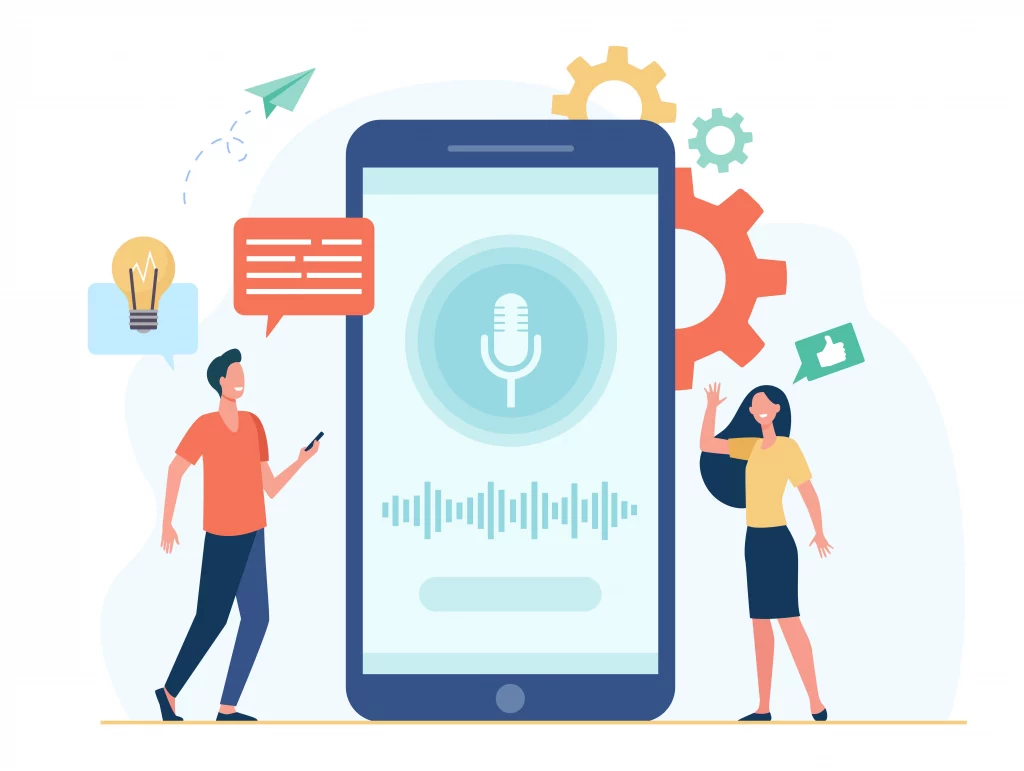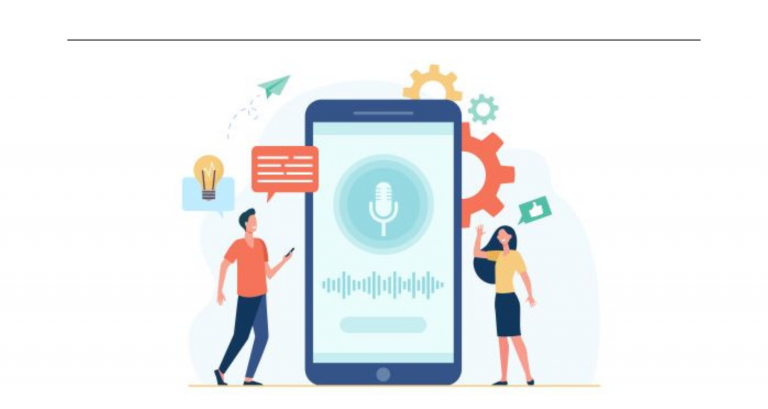Communication plays a vital role in our lives. Humans started with signs, symbols, Speech into Text and evolved to a stage, where they began communicating with each other using various languages. Then a paradigm shift happened and with the advent of computing and communication technologies, machines started communicating with humans and in some cases with themselves.
This shift created the world of the internet, or as we technically know the Internet of Things(IoT) and gave rise to new ways of using data, where humans are able to communicate directly or indirectly with machines by training them which is known as Machine Learning. Previously, a person has to access a computational device in order to communicate with machines.
But the extensive research and development in this area have eliminated the use of a computational device to a great extent as a medium of communication between humans and machines. This giant leap in communication is known as Automatic Speech Recognition and is based on natural language processing, that allows humans to interact with machines using their natural language in which they speak.
The preliminary research and development in the field of Speech Recognition have been successful, and now the speech scientists and technologists aim to correctly optimize the audio recognition engines according to the situations in which the machines communicate so as to reduce error rates and for improved efficiency.
Some companies in the IT industry started spreading their roots in the development of voice recognition technologies. From more than a decade, we are continually specializing in design and development of audio recognition technologies and solutions. We provide a wide range of products and solutions based on Speech Technology like voice biometrics, speech into text software (audio transcription), call analytics solutions(CALLai) and real-time captioning solutions(captionAI).
The ASR technology is a combination of two different branches – Computer Science and Linguistics. Computer Science to design algorithms and to program and Linguistics to create a dictionary of words, sentences, and phrases.
The first stage of development happens with speech transcriptions, where the audio is manually converted into text i.e speech into text conversion. After conversion, the software tries to remove unnecessary signals or noise by filtering the signals.
Since humans talk at different speeds while uttering a word or sentences the generative model of audio recognition is designed to account for those rate changes. Later the signals are further divided to identify phonemes, the letters that have the same level of airflow, like ‘b’ and ‘p’.
After identifying the phonemes, the program tries to match the exact word by making a comparison with the words and sentences that are stored in the linguistics dictionary. The audio recognition algorithm uses statistical and mathematical modeling to determine the exact word. Speech recognition software is of 2 types, one with learning mode and other as a human dependent system.
With the developments in Artificial Intelligence and the Big Data, voice recognition technology achieved the next level. A specific neural architecture called long short – term memory, bought a significant improvement in this field. Globally various organizations are leveraging the power of speech in their premises at different levels for a wide variety of tasks.
For instance, the speech into text software can be used for converting audio files to text files with timestamps and confidence score for each word. Many countries do not have their language embedded keyboards, and a majority of people do not have an idea of using specific language keyboard, though they are verbally good at it. In these cases, speech transcriptions help them to convert speech into text in any language by hearing the speaker’s voice.
The other use of this technology is in real-time. This is also called as Computer Assisted Real-Time translation. This is basically a speech into text system which operates on a real-time basis. Organizations all over the world perform meetings and conferences, so for maximum participation by the global audiences, they leverage the power of live captioning systems i.e. captionAI.
The real-time captioning system converts the speech into text and displays it on the output screen, translate the speech in one language to the text of other languages and also help in making notes of a presentation or a speech. The system can convert speech into text that is also understood by hearing-impaired people.
Apart from speech into text, audio recognition technology spreads its branch into the biometric system, which created voice biometrics for authentication of users. Voice biometric systems analyze the voice of the speaker which depends on factors like modulation, pronunciations, and other elements.

In these systems, the sample voice of the speaker is analyzed and stored as a template. Whenever the user utters the phrase or sentence, the voice biometrics system compares them with the stored template and provides authentication. However, these systems faced a lot of challenges . The human Speech into Text is always affected by physical ailment or emotional state of a person.
The recent advancements in voice biometric systems operate by matching the phrase with the sample and started analyzing the voice patterns by taking psychological and behavioral voice signal into consideration. Also, the advance developments in voice biometrics technology are going to benefit financial institutions, banks or enterprises where data security is a major concern.
Analytics also played a significant role in the development of speech recognition technology. Big data analysis created a need for storing voice data. Call centers started using the recorded calls for training their employees. Since customer satisfaction is now the major focus of organizations around the globe.
Now, organizations want to track and analyze the conversation between executives and customers. And to ease off this vigorous task GoVivace Inc. has developed a call analytics solutions i.e. CALLai, which monitors and measures the performance and analytics of call.
This call analytical solution enhances the performance of services provided by call centers. Through this one can classify their customers and can serve them better by giving faster and favorable responses.
Way Ahead speech into text For Speech Recognition Technology
Research in voice recognition technology has a long way to go. Until now, the software can act on instructions only. The human communication feel does not exist with those machines. Researchers are trying to inculcate the human responsiveness into machines.
They have a long way to go in the innovation of audio recognition technology, and human language technology. The primary aspect of research concentrates on, how to make Speech into Text using speech recognition technology more accurate. More Accuracy is required in understanding the human language.
For example, a person raised a question “how do I change camera light settings?” which technically means that he wants to adjust the camera flash. So major concentration is on understanding the free form language of humans before answering them.
Speech recognition technology is already made its way into the organizations and started providing effective and efficient results. Very soon we might be seeing a day where the automated stenographer would get promoted and start taking an active part in organizing the meetings and presentations.

